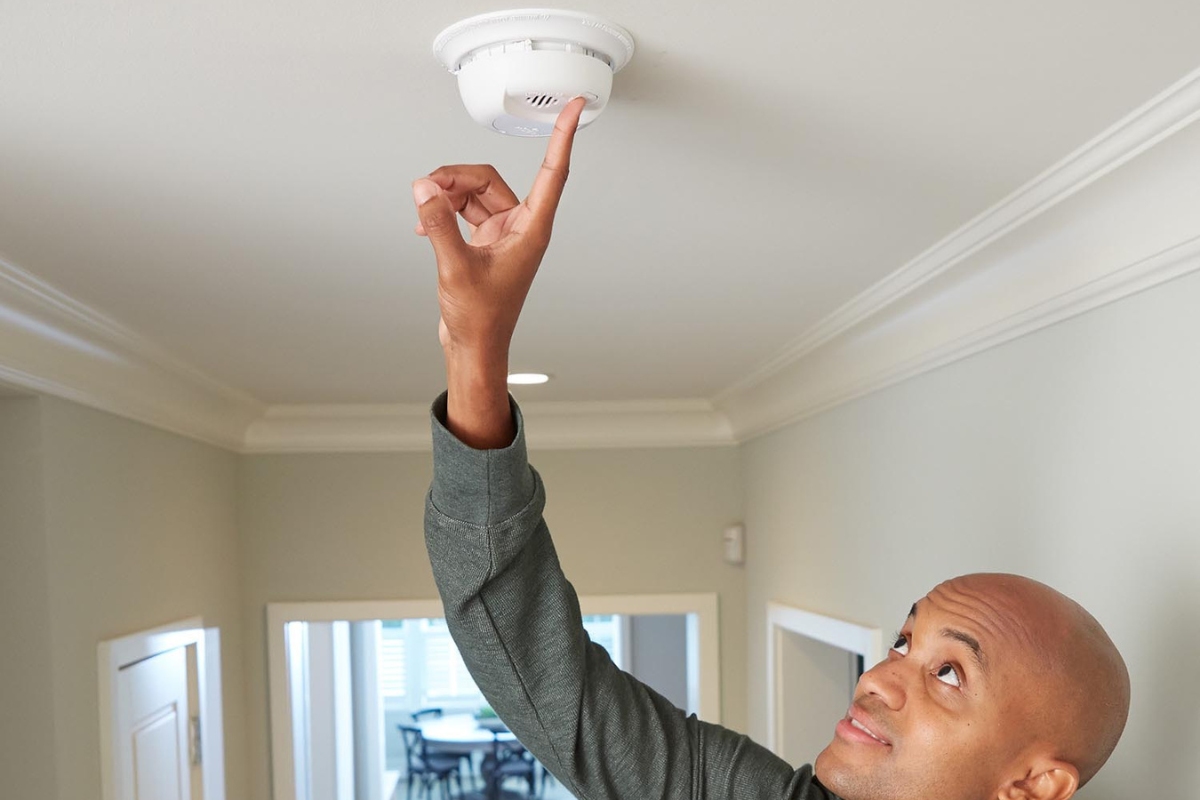

Articles
How To Stop Smoke Detector From Beeping
Modified: February 24, 2024
Learn effective techniques to stop your smoke detector from beeping in these informative articles - troubleshoot common issues and find the right solution for a quieter home.
(Many of the links in this article redirect to a specific reviewed product. Your purchase of these products through affiliate links helps to generate commission for Storables.com, at no extra cost. Learn more)
Introduction
A smoke detector is an essential safety device found in every home or commercial building. Its primary function is to detect smoke and alert the occupants in the event of a fire. While smoke detectors are designed to save lives, they can sometimes be a source of annoyance when they start beeping for no apparent reason. The incessant beeping can disrupt your sleep, drive you crazy, and even cause panic.
In this article, we will explore the various reasons why smoke detectors beep and provide you with simple troubleshooting steps to help you stop the beeping. By following these steps, you can ensure the proper functioning of your smoke detector and restore peace and tranquility to your home or workplace.
Key Takeaways:
- Regularly changing the batteries and cleaning your smoke detector can prevent annoying beeping and ensure it functions effectively in case of a fire emergency.
- If basic troubleshooting steps fail, seek professional help to diagnose complex issues, ensure code compliance, and maintain the reliability of your smoke detector.
Reasons for Smoke Detector Beeping
There are several potential reasons why your smoke detector may be beeping. It’s crucial to understand these reasons so that you can effectively troubleshoot the issue. Here are the most common causes:
- Low Battery: One of the primary reasons for smoke detector beeping is a low battery. Most smoke detectors have a built-in feature that emits a periodic beep to alert you when the battery needs replacing. It’s essential to replace the batteries regularly to ensure the device continues to work properly.
- Dust and Dirt: Over time, smoke detectors can accumulate dust and dirt, which can interfere with the sensor’s functionality. When the sensor gets blocked or contaminated, it can trigger false alarms or cause the device to beep continuously. Regular cleaning is necessary to prevent this issue.
- Intermittent Power Interruptions: If your smoke detector is connected to an electrical power source, any temporary power interruption can cause it to beep. Power outages, circuit breaker trips, or even loose electrical connections can trigger these intermittent beeping sounds.
- Extreme Temperatures: Smoke detectors are sensitive to extreme temperatures. Excessive heat or cold can disrupt their internal mechanisms and result in false alarms or beeping. Ensure your smoke detector is installed in an appropriate location, away from direct sunlight, heaters, or drafty areas.
- Age and Sensor Failure: Smoke detectors have a recommended lifespan of around ten years. As they age, their sensors may start to deteriorate, leading to false alarms or beeping. If your smoke detector is old and constantly beeping, it may be time for a replacement.
By understanding these common causes, you’ll be better equipped to troubleshoot and resolve the beeping issue with your smoke detector. Let’s move on to the basic troubleshooting steps that can help you stop the beeping.
Basic Troubleshooting Steps
When your smoke detector starts beeping, it’s essential to take immediate action to prevent any potential safety hazards or annoyance. Here are some basic troubleshooting steps you can follow:
- Identify the Source: Locate which smoke detector is beeping. Sometimes, if you have multiple detectors, it can be challenging to pinpoint the specific one. Stand directly below each detector and listen carefully to identify the source of the beeping.
- Silence the Alarm: Most smoke detectors have a button that allows you to temporarily silence the alarm. Press and hold the designated button until the beeping stops. This feature is particularly useful if the smoke detector is beeping due to a non-emergency situation, such as cooking smoke.
- Check for Error Codes: Some smoke detectors have LED lights or digital displays that provide error codes or other indicators of the issue. Consult the user manual or the manufacturer’s website to understand what the error codes mean and how to resolve them.
- Inspect the Battery: If the beeping persists, it’s highly likely that the battery needs replacing. Open the smoke detector cover and check the battery compartment. Replace the old battery with a new one, ensuring it is properly inserted and secured.
- Reset the Detector: After replacing the battery, many smoke detectors require a reset to stop the beeping. Look for a reset button or switch on the detector. Press and hold it for a few seconds until you hear a beep or see a visual indication that the reset was successful.
- Clean the Detector: If the beeping continues even after replacing the battery, it might be due to dust or dirt buildup. Carefully remove the smoke detector from its mounting bracket and gently clean it with a soft brush or a can of compressed air. Pay special attention to the vents and the sensor area.
Following these basic troubleshooting steps can help resolve the beeping issue in most cases. However, if the problem persists, you may need to consider some additional actions such as seeking professional help or replacing the smoke detector. Let’s explore these options in further detail.
Changing the Batteries
The most common reason for smoke detector beeping is a low or dead battery. Therefore, one of the first troubleshooting steps you should take is to check and change the batteries. Here’s how:
- Locate the Battery Compartment: Depending on the model of your smoke detector, the battery compartment may be located on the back or side of the device. Open the cover or slide it off to access the batteries.
- Remove the Old Batteries: Carefully remove the old batteries from the compartment. Pay attention to their orientation (positive (+) and negative (-) ends) to ensure proper installation of the new batteries.
- Choose the Right Batteries: Refer to the instructions provided by the smoke detector manufacturer or consult the user manual to determine the appropriate type of batteries to use. In most cases, 9-volt alkaline batteries are commonly used.
- Insert the New Batteries: Insert the new batteries into the compartment following the correct polarity (+/-) markings. Make sure the batteries are firmly seated and properly aligned.
- Test the Smoke Detector: Close the battery compartment and wait a few seconds for the smoke detector to power up. Press the test button or use a testing device to ensure the smoke detector is functioning correctly. If it beeps, it indicates that the batteries are properly installed and the device is operational.
- Regularly Replace the Batteries: To ensure continuous functionality of your smoke detector, it’s important to establish a routine of regularly replacing the batteries. Typically, batteries should be replaced at least once a year, although some manufacturers may recommend more frequent replacements.
By changing the batteries on a regular basis, you can prevent the annoying beeping sound and ensure that your smoke detector is always ready to detect and alert you in case of a fire emergency. However, if changing the batteries doesn’t solve the issue, you may need to explore other troubleshooting methods as discussed in the upcoming sections.
Cleaning the Smoke Detector
Another common cause of smoke detector beeping is the buildup of dust and dirt. Over time, these particles can accumulate on the smoke detector’s sensors and interfere with its functionality. Therefore, regular cleaning is necessary to ensure optimal performance. Here’s how you can clean your smoke detector:
- Turn off the Power: Before cleaning the smoke detector, it’s crucial to turn off the power to avoid any electrical mishaps. Locate the circuit breaker or remove the batteries to cut off the power supply.
- Remove the Smoke Detector: Depending on the type of smoke detector, it may be either screwed or clipped onto a mounting bracket. Gently detach the detector from the bracket by rotating or sliding it out.
- Inspect the Detector: Carefully examine the smoke detector for any visible signs of dust, dirt, or other debris. Check the vents, the sensor area, and around the edges of the device.
- Clean with a Soft Brush: Use a soft-bristled brush, such as a clean paintbrush or a makeup brush, to gently brush away the dust and dirt from the smoke detector. Be thorough in removing any accumulated particles, ensuring not to damage the internal components of the detector.
- Use Compressed Air: If the dust is stubborn or hard to reach, you can use a can of compressed air to blow away the debris. Hold the can upright and direct short bursts of air into the vents and around the detector. Avoid shaking the can or tilting it at an angle.
- Reinstall the Smoke Detector: Once you have cleaned the smoke detector, carefully reattach it to the mounting bracket. Rotate or slide it back into place until it is secure and properly aligned.
- Restore Power and Test: After reinstalling the smoke detector, restore the power supply by turning on the circuit breaker or reinserting the batteries. Press the test button or use a testing device to ensure the smoke detector is functioning correctly.
Regularly cleaning your smoke detector can prevent false alarms and eliminate the beeping sound caused by dust or dirt buildup. Aim to clean the smoke detector at least twice a year or more frequently if you live in a dusty environment. By maintaining a clean and well-maintained smoke detector, you can ensure it functions effectively in the event of a fire emergency.
Check the battery and replace if low. Clean the detector to remove dust and debris. Test the detector to ensure it’s functioning properly. If the beeping continues, it may be time to replace the detector.
Checking for False Alarms
Smoke detectors are designed to be highly sensitive to smoke and fire, but sometimes they can be triggered by other factors, leading to false alarms and beeping. It’s important to check for potential sources of false alarms before assuming there is a genuine fire emergency. Here are a few steps you can take to identify false alarms:
- Check for Cooking Smoke: Smoke detectors located near the kitchen can often be triggered by cooking smoke or steam. If the beeping coincides with your cooking activities, open windows or turn on ventilation systems to dissipate the smoke. Use a fan to redirect the smoke away from the smoke detector.
- Inspect Nearby Appliances: Certain household appliances, such as toasters, grills, or hairdryers, can generate smoke or emit particles that might trigger a false alarm. Ensure these appliances are used in well-ventilated areas and kept away from the smoke detector.
- Check for Steam: Steam from hot showers or bathrooms with poor ventilation can trigger smoke detectors. Make sure the bathroom is adequately ventilated, and avoid excess steam build-up by using exhaust fans or opening windows.
- Examine Dust or Insects: Dust or insects can sometimes trigger the sensors in smoke detectors, leading to false alarms. Regularly clean your home and pay attention to areas near the smoke detectors to prevent dust buildup. Additionally, use insect repellents or traps to minimize the presence of crawling insects that may enter the detector.
- Look for Construction or Renovation Dust: If you’ve recently carried out any construction or renovation projects in your home, the resulting dust particles can trigger your smoke detectors. Ensure that the area is properly ventilated during the process and clean up any residual dust to prevent false alarms.
- Consider Weather Conditions: Extreme weather conditions, such as high humidity or strong winds, can sometimes cause false alarms. If your smoke detector is located near exterior doors or windows, ensure they are properly sealed to prevent drafts or outdoor elements from triggering the sensor.
- Test the Detector: If you’ve considered all the potential sources of false alarms and are still experiencing beeping, it’s important to perform a thorough test of your smoke detector. Press the test button and observe if the alarm sounds as expected. If the test results are satisfactory, it may indicate that your smoke detector is functioning properly.
By checking for false alarms and eliminating the contributing factors, you can prevent unnecessary beeping and ensure that your smoke detector is only activated in the presence of genuine smoke or fire. However, if the beeping persists or you suspect a genuine fire emergency, it’s crucial to take immediate action by following evacuation procedures and seeking help from emergency services.
Resetting the Smoke Detector
If your smoke detector continues to beep or experience false alarms even after changing the batteries and cleaning it, resetting the device may help resolve the issue. Resetting the smoke detector can restore it to its default settings and clear any temporary errors or malfunctions. Here’s how you can reset your smoke detector:
- Locate the Reset Button: Look for a small button or switch on the smoke detector. It’s typically located on the front or side of the device. Refer to the user manual or manufacturer’s instructions if you’re not sure where to find it.
- Press and Hold the Reset Button: Press and hold the reset button for about 10 seconds or until you hear a beep. Keep in mind that different smoke detectors may have varying reset procedures, so make sure to follow the instructions specific to your model.
- Wait for the Smoke Detector to Reset: After pressing the reset button, wait for a few moments as the smoke detector goes through the reset process. You may hear a series of beeps or see other visual indicators that the reset is taking place.
- Test the Smoke Detector: Once the reset process is complete, it’s crucial to test the smoke detector to ensure it is functioning correctly. Press the test button or use a testing device to activate the alarm. If it beeps as expected, it signifies that the reset was successful.
- Monitor the Smoke Detector: After resetting the smoke detector, observe its performance over the next few days to ensure that the beeping issue has been resolved. Monitor for any false alarms or recurring beeping sounds. If the problem persists, you may need to seek professional assistance or consider replacing the smoke detector altogether.
Resetting your smoke detector can often resolve temporary issues or errors that may be causing the beeping. However, if the beeping persists or you suspect a genuine fire emergency, it’s important to follow your home’s evacuation procedures and contact emergency services immediately for assistance.
Seeking Professional Help
If you have exhausted all the basic troubleshooting steps and your smoke detector is still beeping or experiencing persistent issues, it may be time to seek professional help. Professional assistance can provide a more in-depth analysis of the problem and ensure that your smoke detector is functioning optimally. Here are a few reasons why you might consider seeking professional help:
- Complex Issues: If you have tried all the troubleshooting steps but still cannot identify the cause of the beeping, it’s best to consult a professional. They have the expertise and specialized tools to diagnose more complex issues that may be affecting your smoke detector’s performance.
- Obsolete Smoke Detector: If your smoke detector is outdated or exceeds its recommended lifespan, it may be time for a replacement. A professional can assess the condition of your current smoke detector and recommend a suitable replacement model that meets the latest safety standards.
- Warranty Coverage: If your smoke detector is still under warranty, it’s advisable to contact the manufacturer or authorized service centers for assistance. They may provide repair or replacement services, saving you the cost of purchasing a new device.
- Additional Maintenance Services: Professional technicians can provide routine maintenance services for your smoke detector, such as thorough cleaning, sensor calibration, and testing. These services can help prevent future issues and ensure the ongoing reliability and effectiveness of your smoke detector.
- Code Compliance: When seeking professional help, you can ensure that your smoke detector is installed and maintained in compliance with local building codes and regulations. This is especially important for businesses and commercial properties that require adherence to fire safety protocols.
Remember, smoke detectors are crucial for your safety, so it’s essential to address any persistent issues promptly. By seeking professional help, you can regain peace of mind knowing that your smoke detector is in good working condition, providing reliable fire detection capabilities for your home or workplace.
Conclusion
Dealing with a beeping smoke detector can be frustrating and inconvenient, but it’s crucial to address the issue promptly to ensure the safety of your home or workplace. By understanding the common causes of smoke detector beeping and following basic troubleshooting steps, you can often resolve the problem on your own.
Start by checking the batteries and ensuring they are properly installed and replace them if necessary. Cleaning your smoke detector regularly can also help prevent false alarms caused by dust and dirt buildup. Additionally, be mindful of potential sources of false alarms, such as cooking smoke or steam, and take steps to minimize their impact on your smoke detector.
If the beeping persists despite your efforts, consider resetting the smoke detector following the manufacturer’s instructions. And if all else fails, don’t hesitate to seek professional assistance. Professional technicians can provide a more thorough analysis and offer solutions tailored to your specific smoke detector.
Remember, a properly functioning smoke detector is essential for early fire detection and can save lives. Regular maintenance, including battery replacements and cleaning, is key to ensuring the effectiveness of your smoke detector. By staying proactive and addressing any beeping issues promptly, you can maintain a safe living or working environment for yourself and those around you.
Frequently Asked Questions about How To Stop Smoke Detector From Beeping
Was this page helpful?
At Storables.com, we guarantee accurate and reliable information. Our content, validated by Expert Board Contributors, is crafted following stringent Editorial Policies. We're committed to providing you with well-researched, expert-backed insights for all your informational needs.
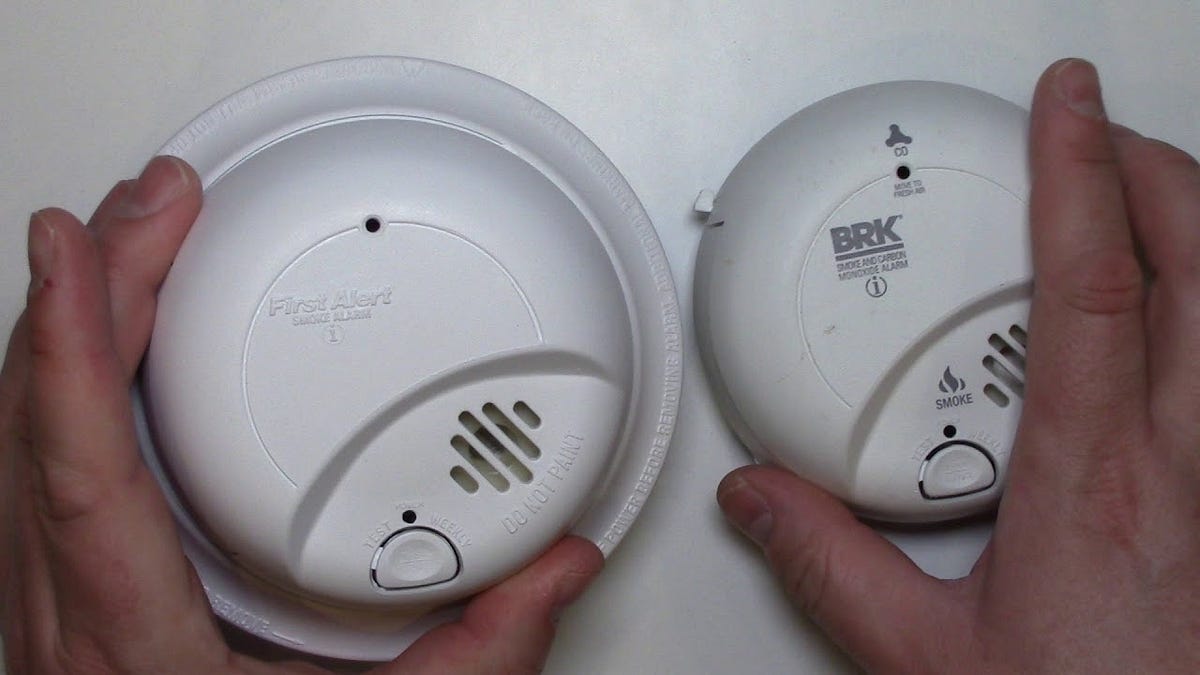
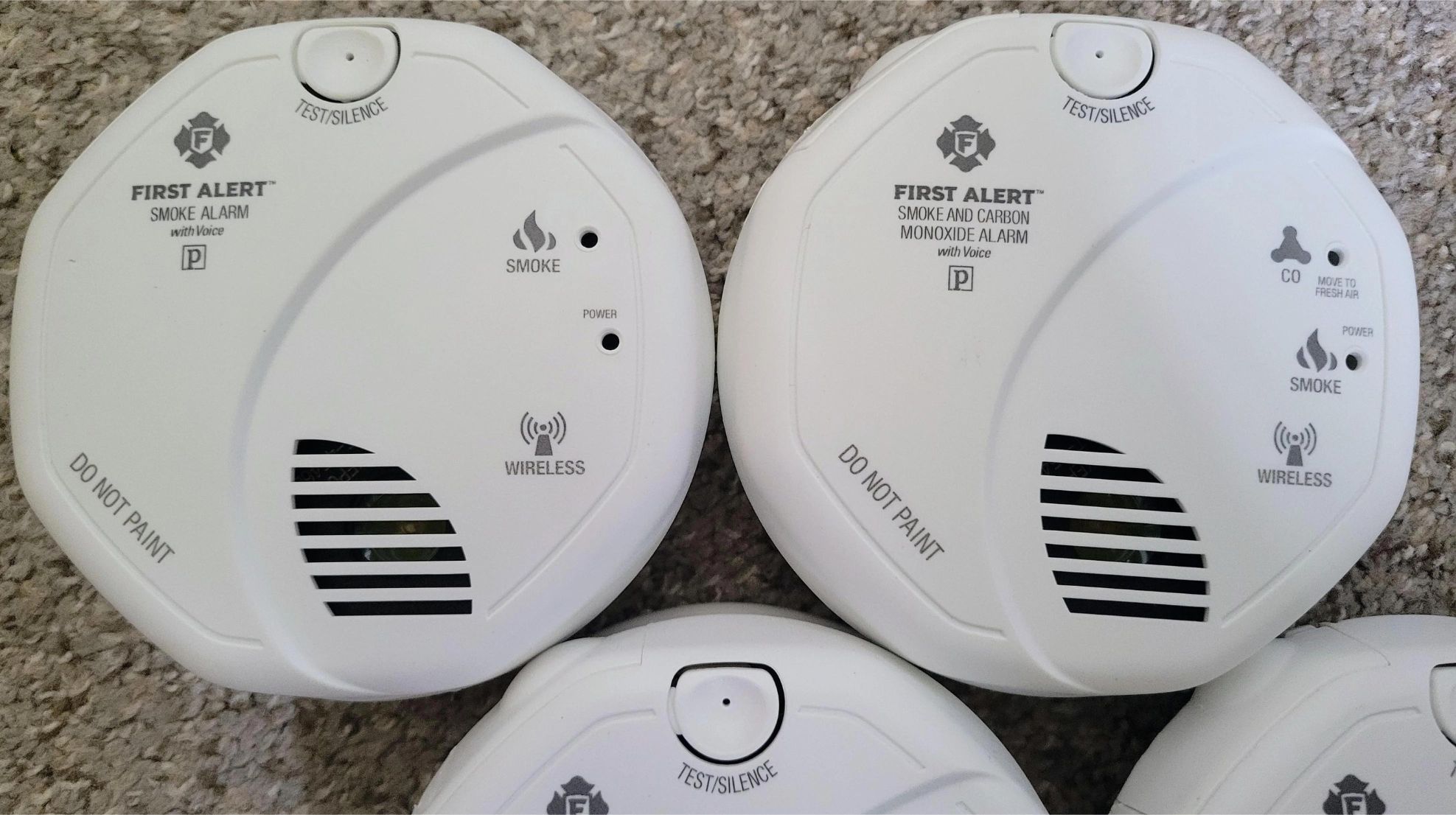
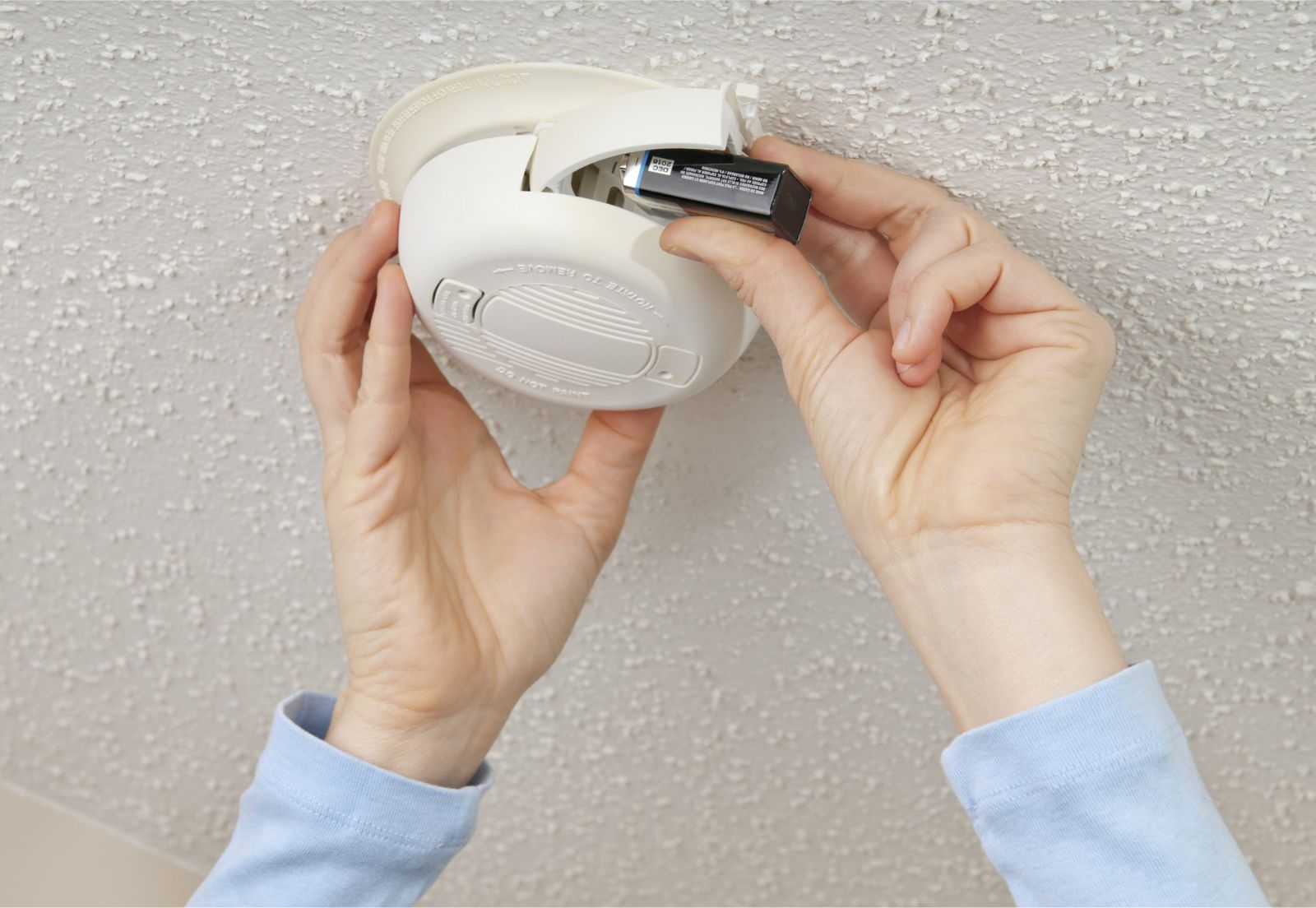
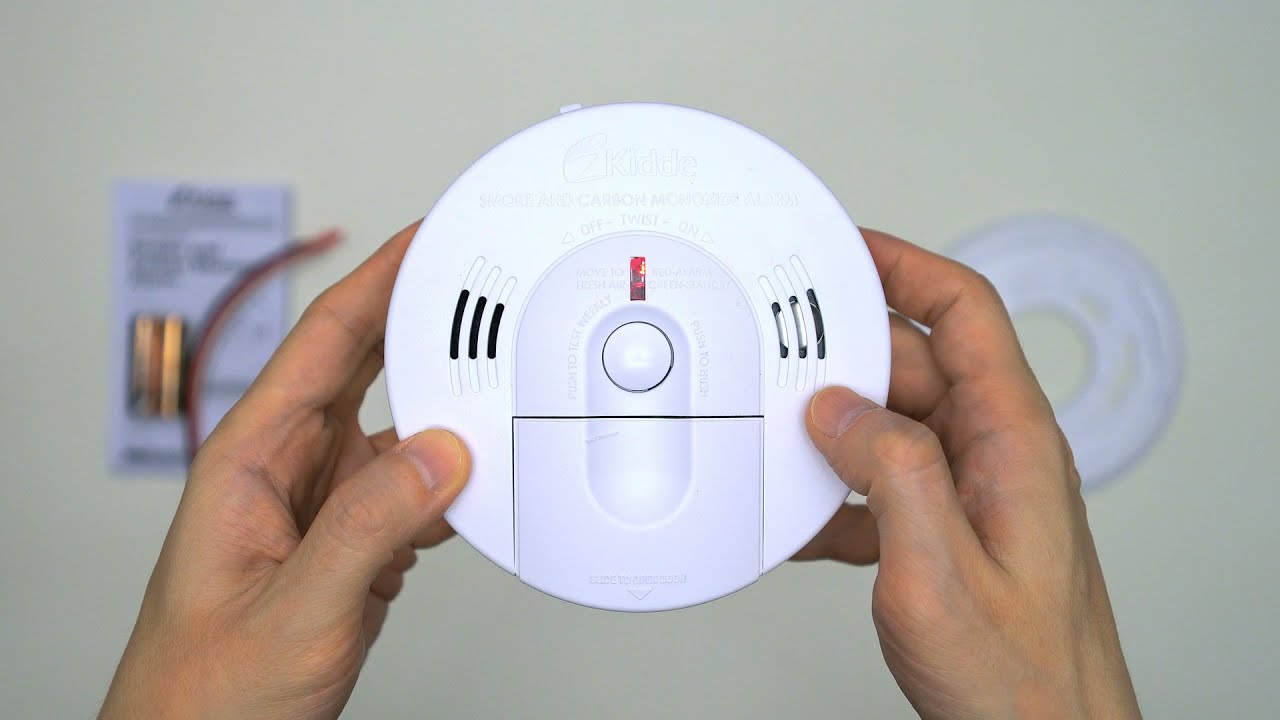
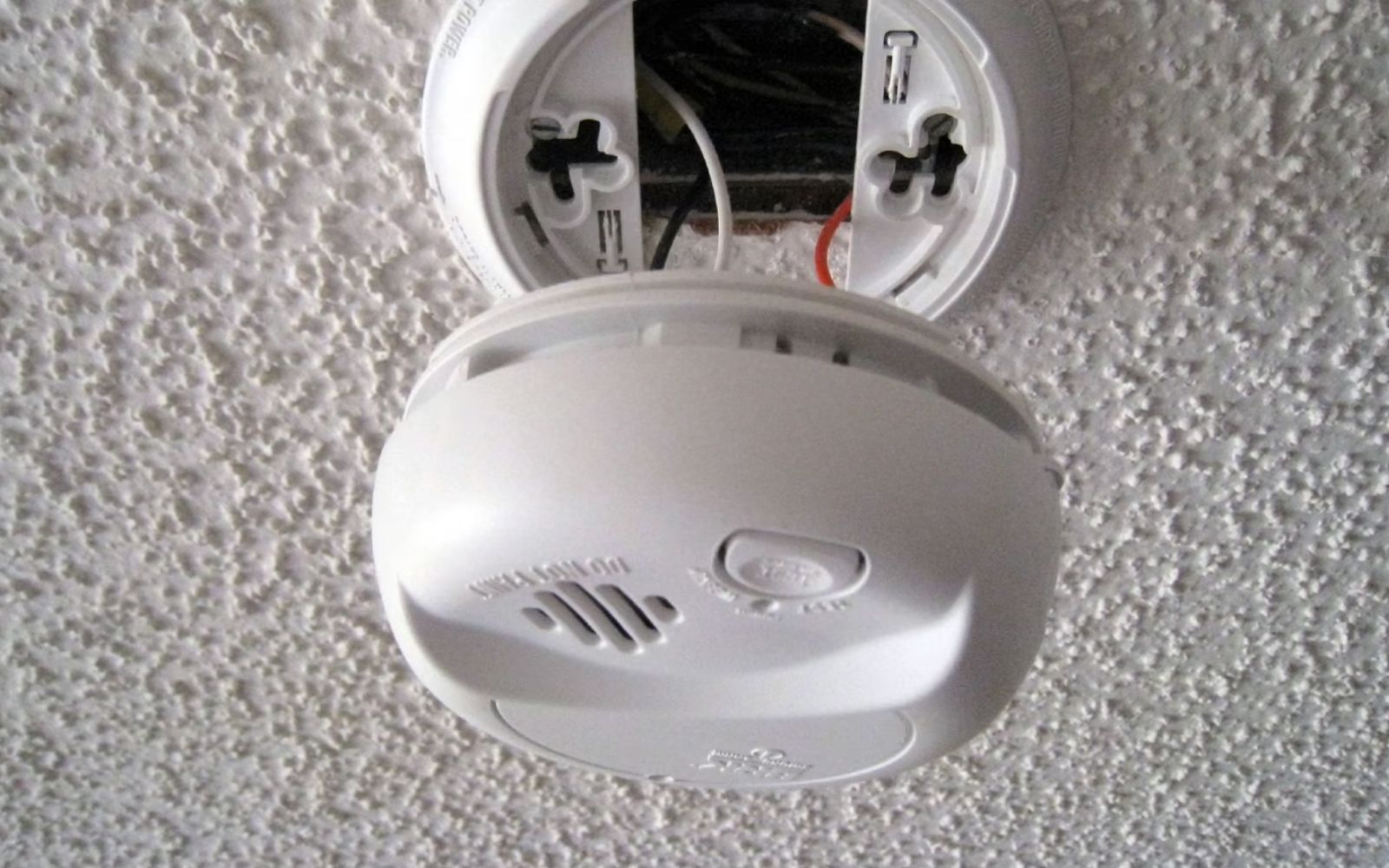
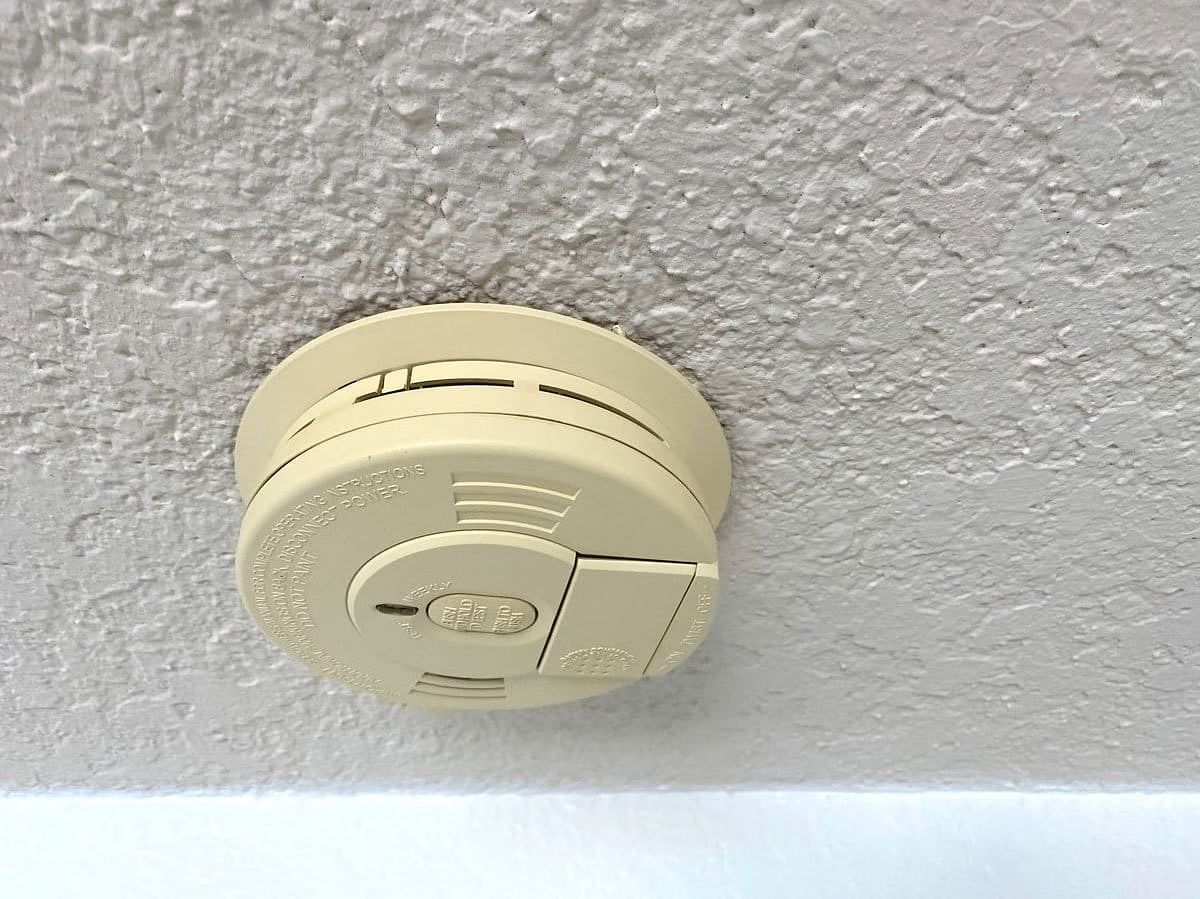
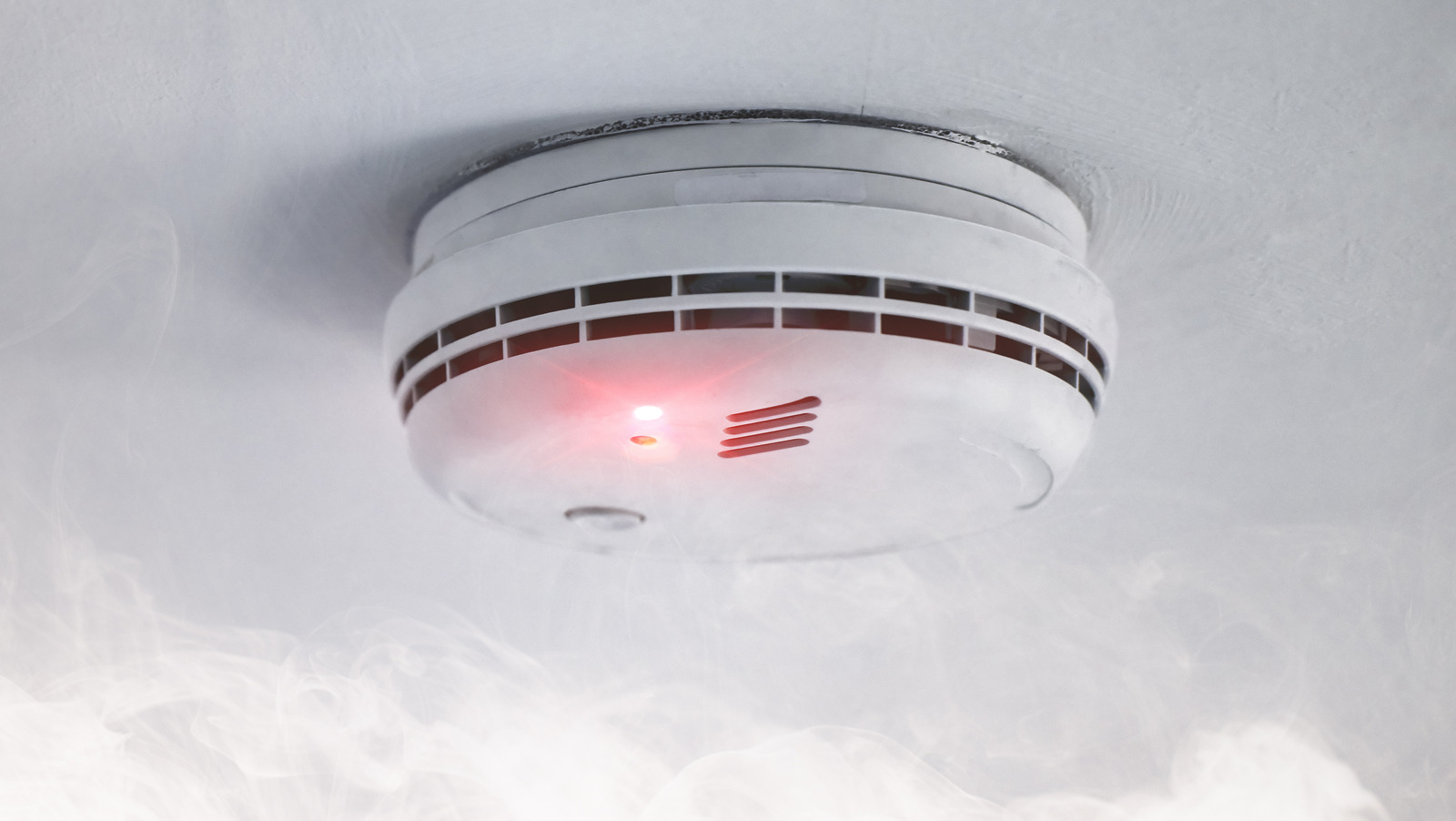
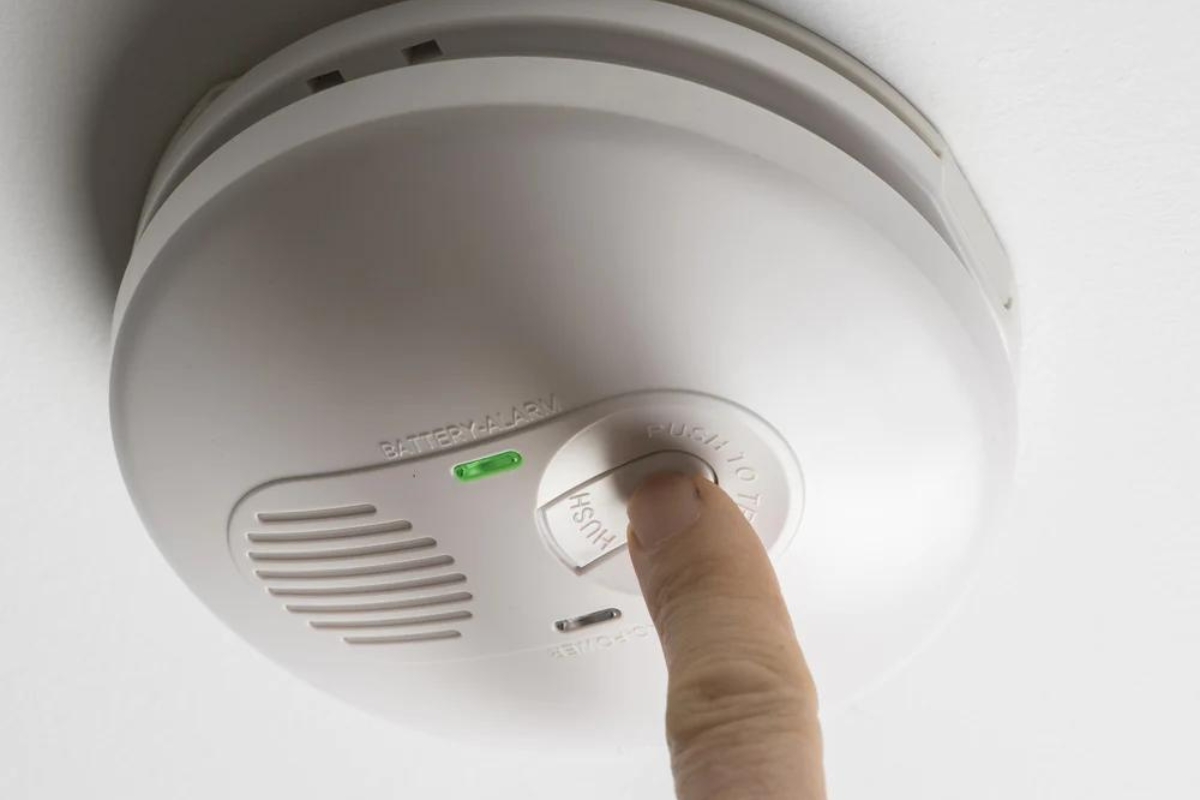
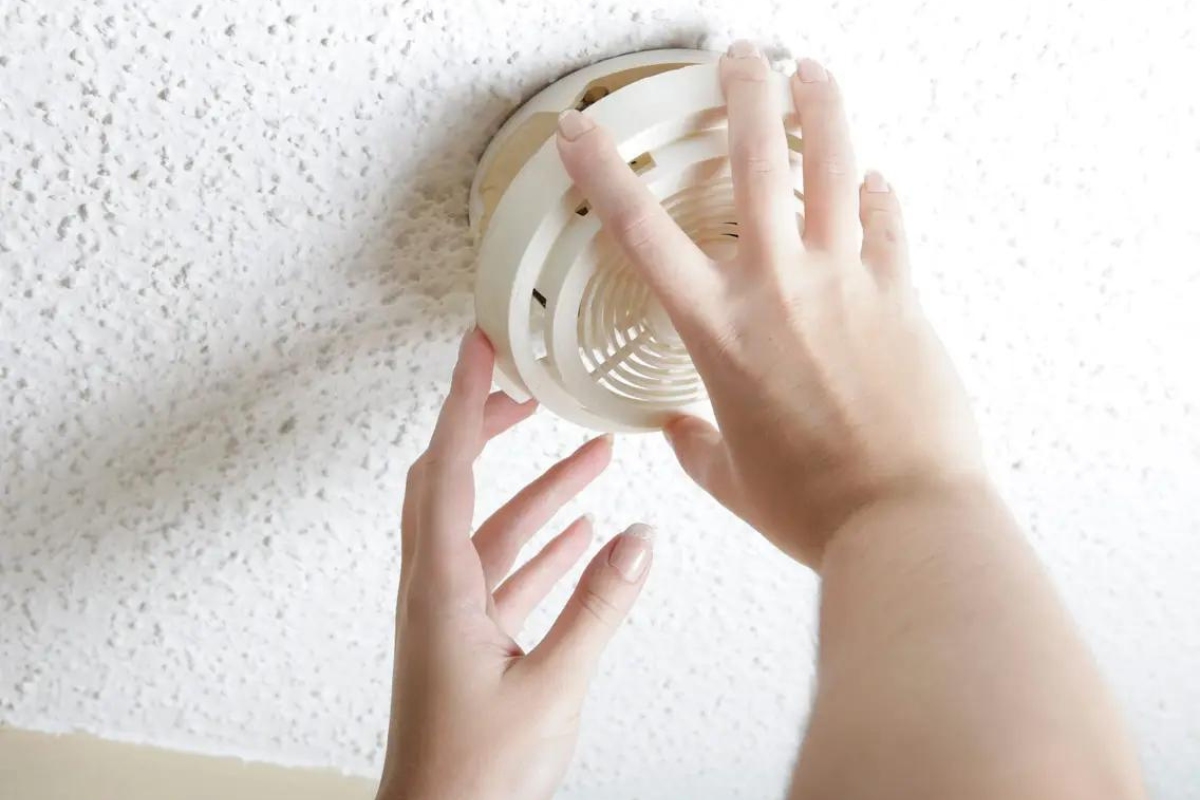
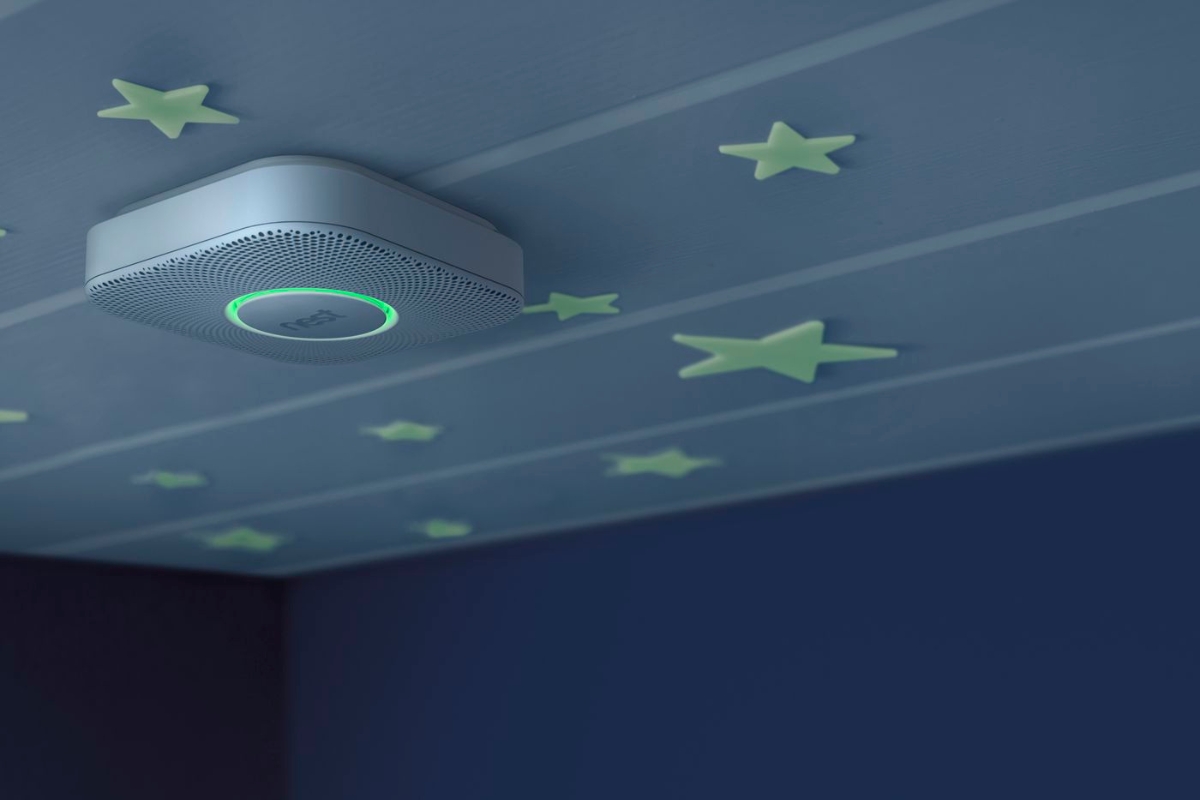
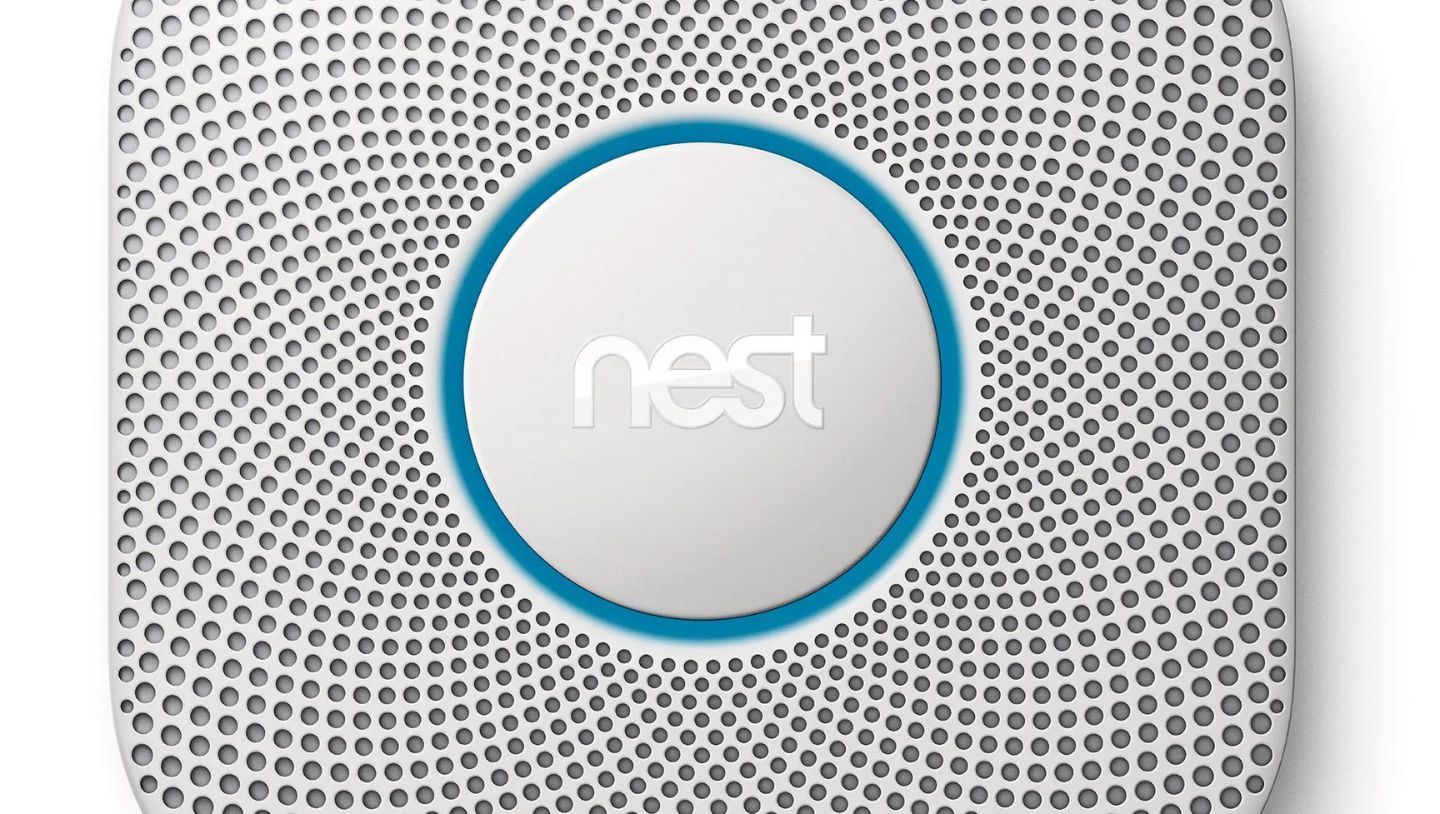
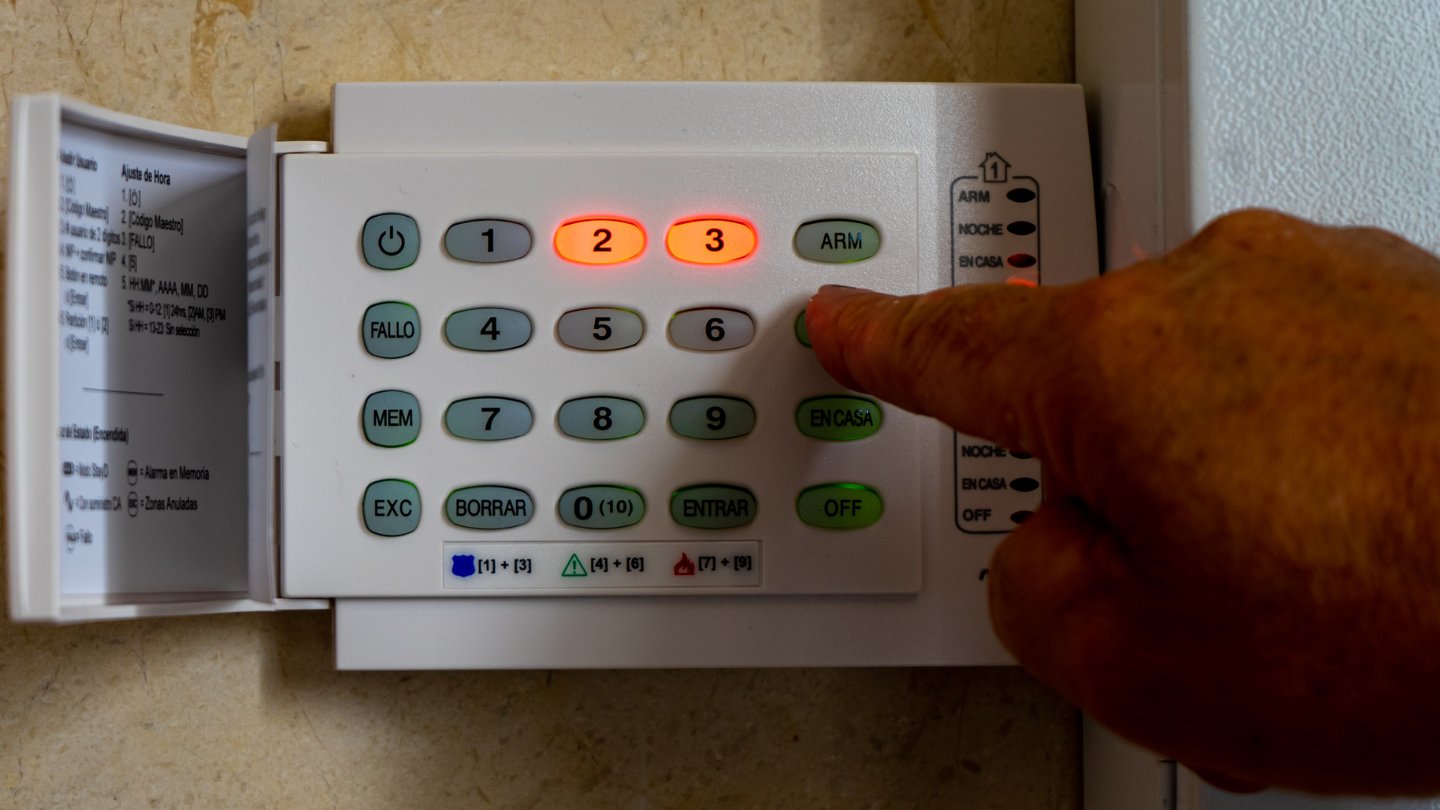
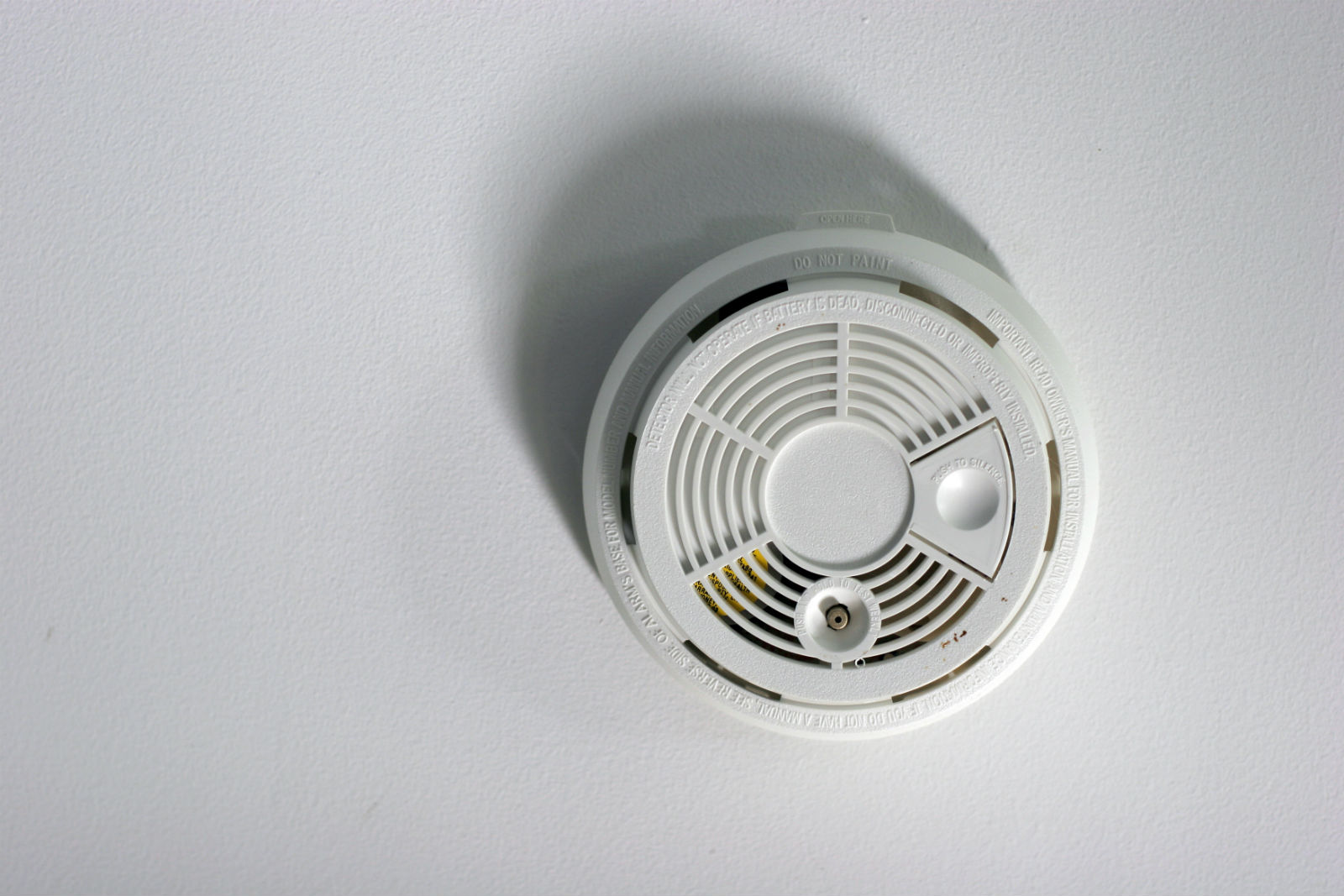
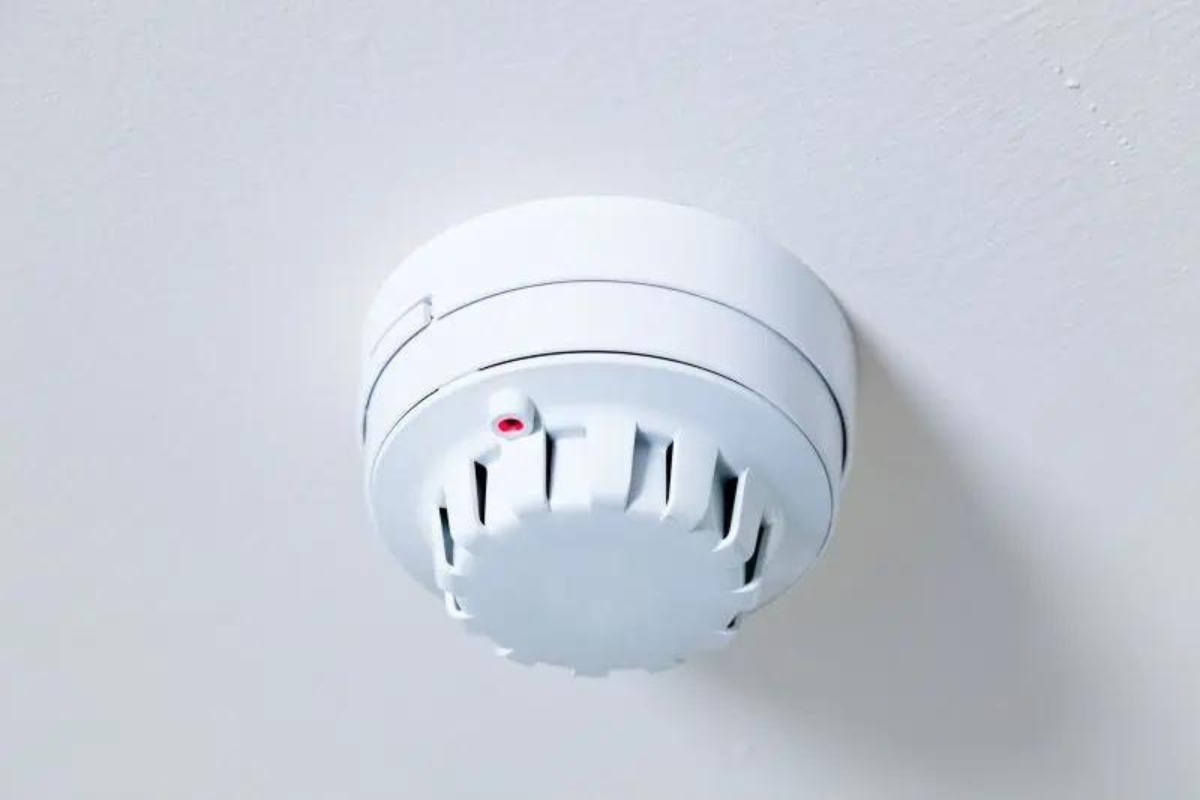

0 thoughts on “How To Stop Smoke Detector From Beeping”